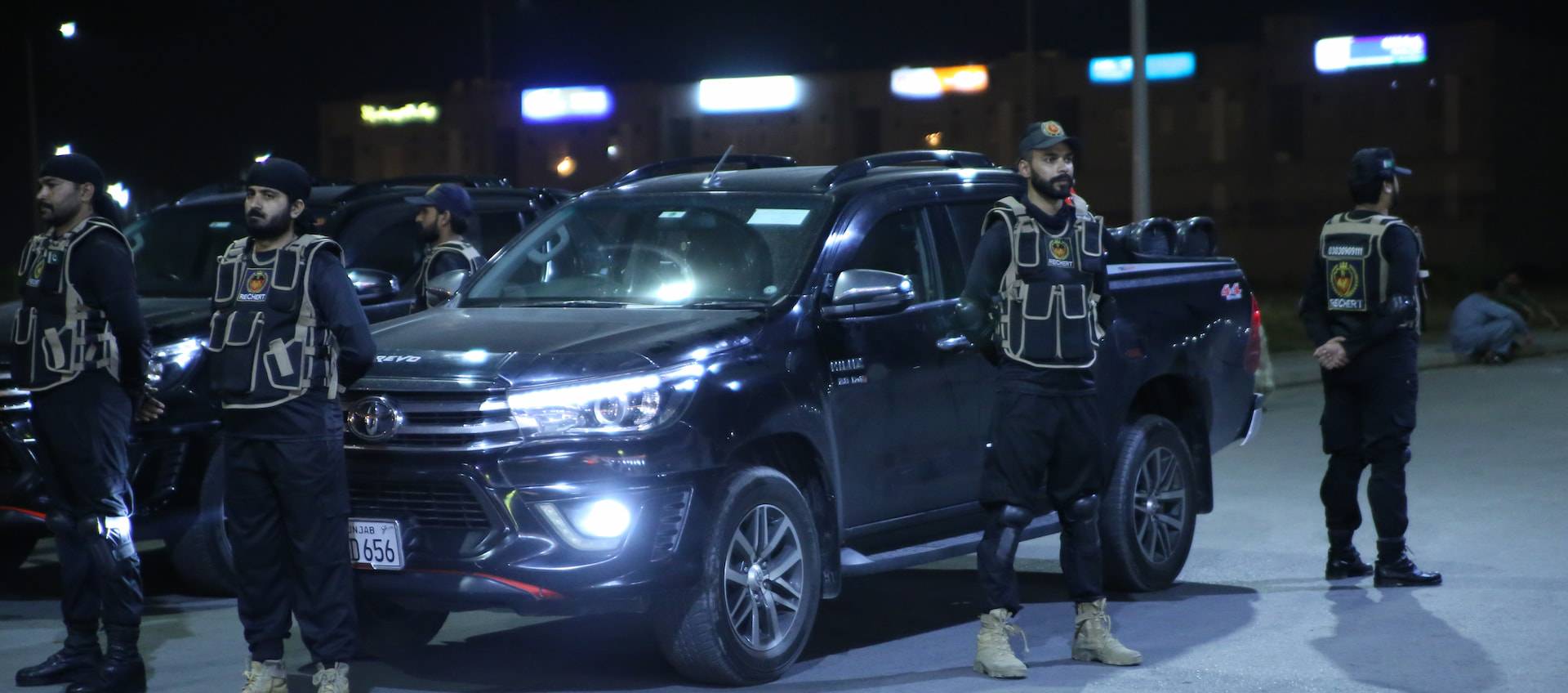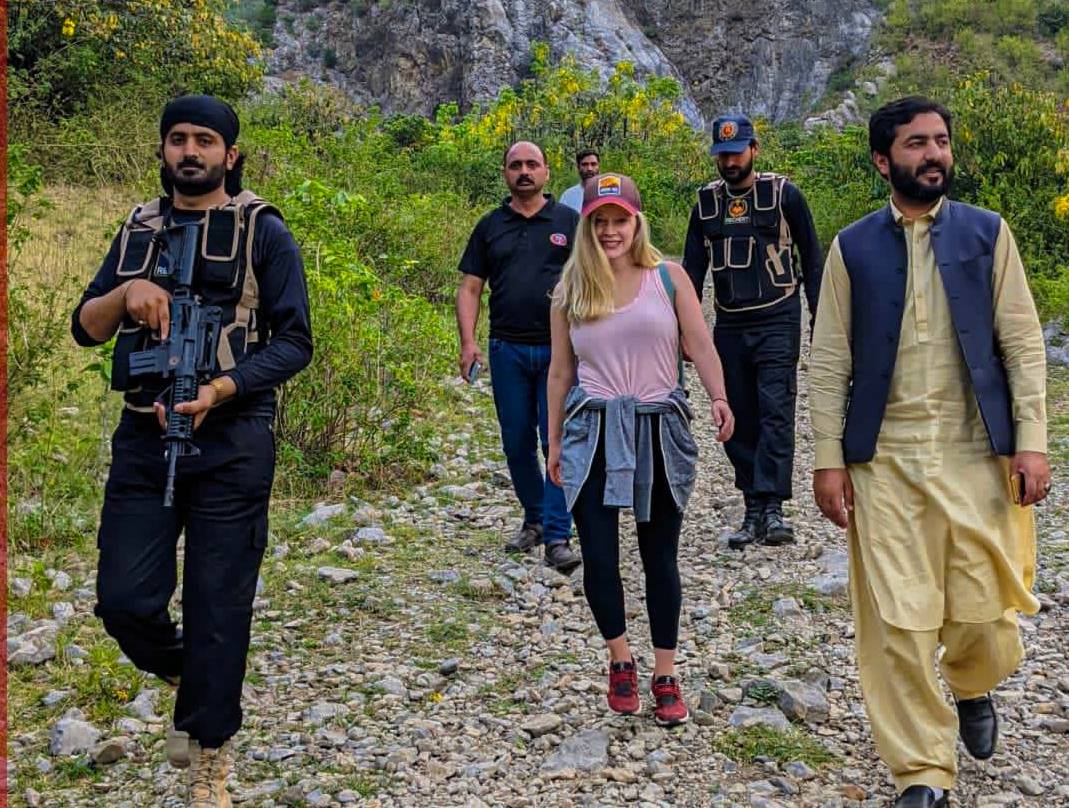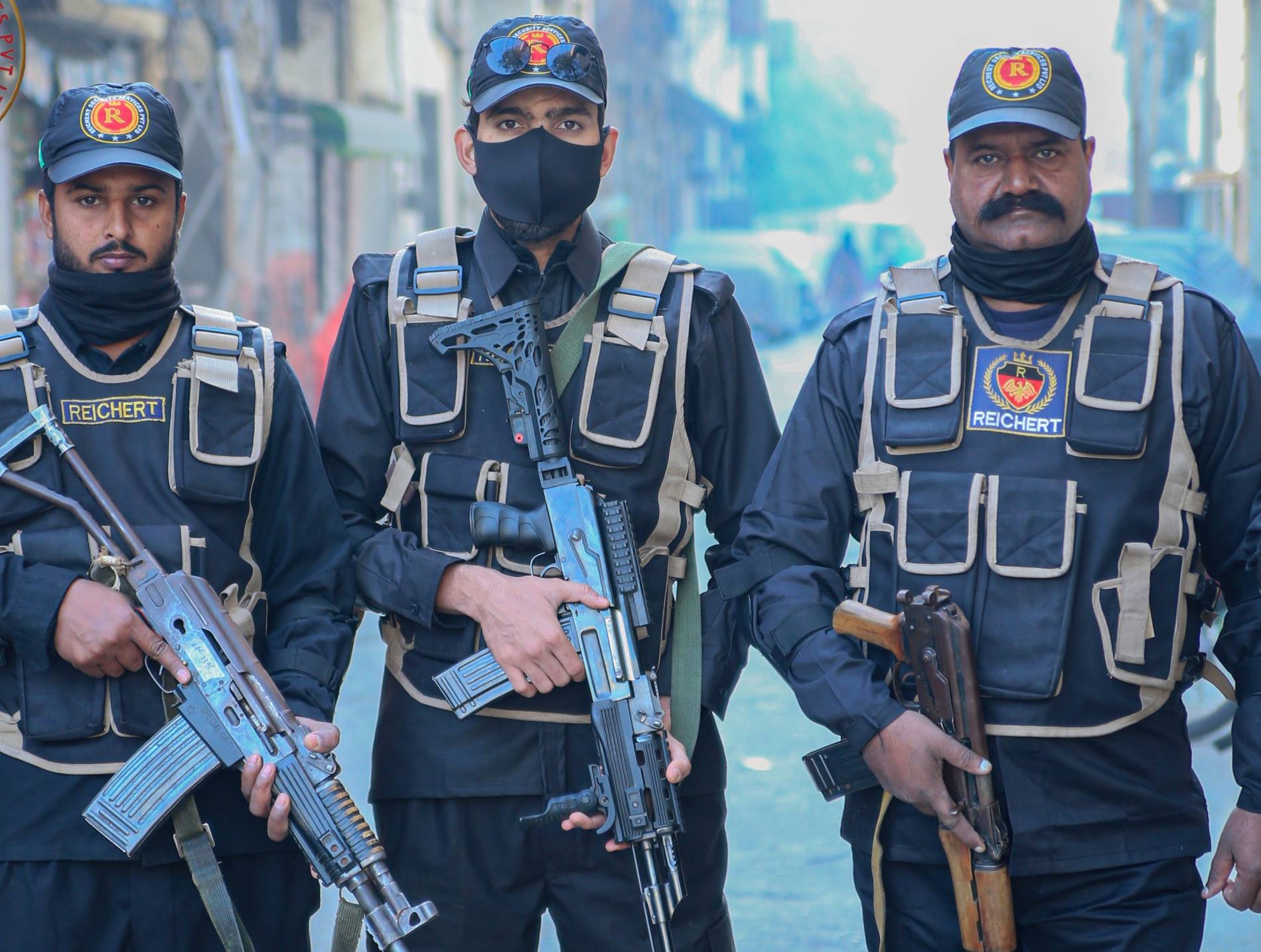Reinforcements sent by Moscow failed to stop a Ukrainian surprise offensive in Russia’s Kursk region during its second week, creating a dilemma for the Kremlin – to further tap Russia’s invasion force in Ukraine by diverting more battalions to defend Russia, or to throw new conscripts into the war.
Moscow has so far kept regular recruits into the armed forces on rotation at home, sending only contract soldiers to the bloody battlefields of Ukraine. But the Kursk offensive has changed that delicate political balance.
Russian President Vladimir Putin recognised the potential political backlash of sending conscripts to Ukraine in the early days of the invasion.
“I emphasise that conscript soldiers are not participating in hostilities,” Putin said in a televised message in March 2022, in response to concerns from the mothers of enlisted men. “There will be no additional call-up of reservists.”

He deployed conscripts in border regions by allowing the Federal Security Service (FSB) to enrol them, a move that may remain legally controversial.
On August 10, four days after the Ukrainian incursion, Russian mothers began to complain that their sons were in active combat.
“Oksana Deeva, the mother of a conscript who found himself in the Kursk region, published a petition for the return of conscripts from combat zones. Almost three thousand people signed it in three days,” wrote Okno, an independent Russian news publication.
On Monday, the commander of a Chechen special forces volunteer battalion, Akhmat, lashed back at what he called “sobs and outbursts”.
“No one will die who is not destined to die, but if you die defending [Russia] and your faith in God, you will go to heaven,” said Apty Alaudinov in a televised message.
Putin has remained silent on the issue.
Soldiers’ mothers organisations have political power in Russia, said the Institute for the Study of War, a Washington-based think tank.
“Mothers’ organisations have been able to steer large Russian social movements in the past, as with the Committee of Soldiers’ Mothers (later renamed the Union of Committees of Soldiers’ Mothers), which rallied around issues with Soviet conscripts in the late 1980s and early 1990s and successfully called for greater transparency in the Soviet military.”
In the early days of the invasion, Putin assured conscripts’ family members that professional soldiers would carry the brunt of the fighting. But heavy casualties among special forces and other experienced units have increasingly forced Putin to offer felons pardons, immigrants legal residence and non-ethnic Russians high sign-up bonuses in return for service in Ukraine.
Ukraine’s audacious move
Ukrainian commander-in-chief Oleksandr Syrskyi said Ukraine’s incursion had in places advanced 35km inside Russia, taking control of 1,293 square kilometres (500 square miles) on Tuesday, versus 1,000sq km (386sq miles) a week earlier, and 93 settlements, versus 74 the week before.
The ISW on Saturday estimated the contested area in Kursk at 28km (17 miles) deep and 56km (35 miles) wide.
The ISW also assessed that Russian forces had occupied 1,175sq km. (454sq miles) of Ukrainian territory since the beginning of the year.

If accurate, this means Ukraine has captured more Russian land in a fortnight than Russia had captured in Ukraine in eight months.
The capture of 19 Russian settlements in the past week is a tempo unmatched by Russian forces still on the offensive in east Ukraine, who made several marginal advances.
The greatest Russian success of the past week came west of Avdiivka, a town Russia seized in February. It has since formed a salient 30km (19 miles) west of the town. Russian forces are believed to be aiming to capture Pokrovsk, 16km (10 miles) further west. In the past week, they seized Zavitne and Novozhelanne and claimed half a dozen more settlements, whose capture remained unconfirmed.
Yet Ukraine’s success remains far greater, not just in territorial terms, but because it has recaptured the battlefield initiative in a sector of the front. On its own turf, Ukraine remains reactive and defensive.
“This operations by the Ukrainians has caught everybody by surprise including all of us, not only the fact that it happened and where it happened, but also how successful it has been,” Lieutenant-General Ben Hodges told Times Radio.
He attributed that success to “good analysis” by the Ukrainians, but also to Ukraine’s ability to “degrade or neutralise Russian drones by creating, it seems like, some sort of a counter-drone bubble.”
Russia has been using Iranian-designed Shahed drones to hit front lines as well as cities in Ukraine, and has recently copied Ukraine’s tactic of using smaller, first-person view (FPV) drones to spy on enemy formations.
















